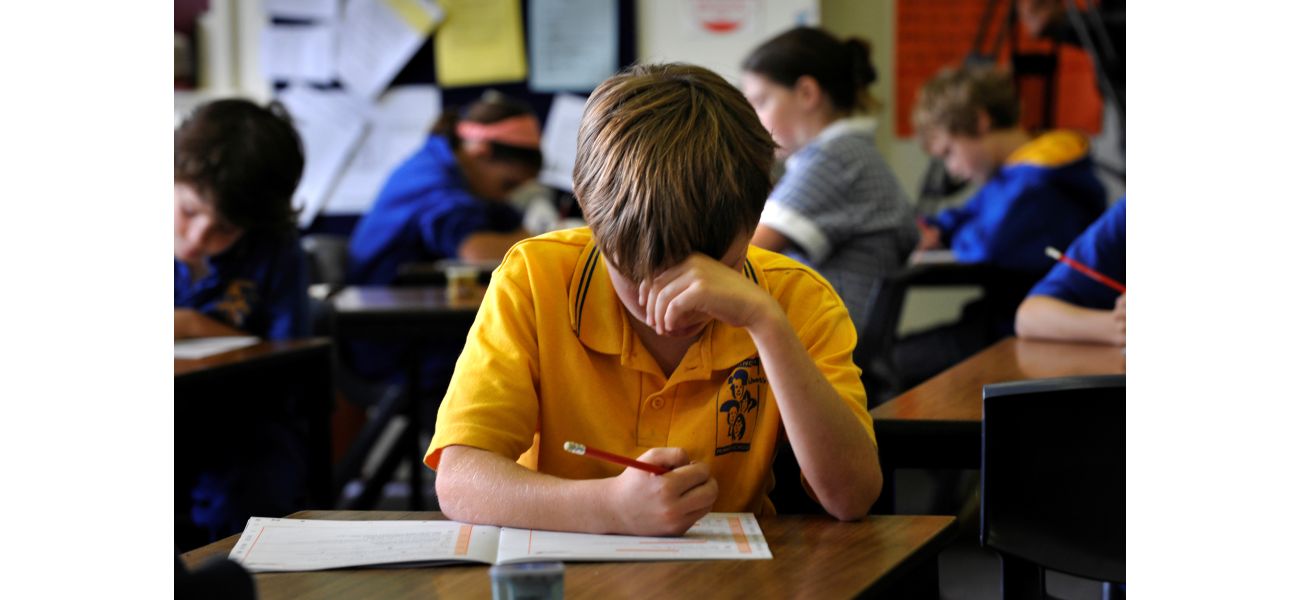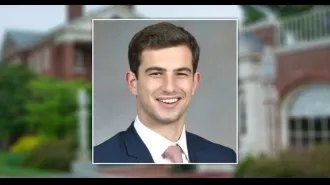Australia prioritizes private education more than other first-world countries.
Recent study reveals stark contrast in government funding for primary schools, both public and private.
September 11th 2024.

A recent study has shed light on the shortcomings of Australia's education system, as it takes a closer look at global schooling patterns. According to the Organisation for Economic Cooperation and Development's Education at a Glance report, the Australian government has been spending a significantly higher amount on private education compared to other developed countries.
In fact, the report revealed that the annual spending per student in private schools in Australia is around $13,700, which is noticeably higher than the average of $11,800 among OECD members. On the other hand, the government funding for public primary education in Australia stands at $17,360 per student per year, slightly lower than the OECD average of $17,875.
Released just yesterday, the report also highlighted that Australia leads the pack in terms of expenditure on private educational institutions within the OECD, with 0.7 per cent of the GDP being allocated for this purpose. This is more than double the OECD average of 0.3 per cent of GDP spent on private schools. The Australian Education Union, which represents public school teachers, expressed concern over the glaring funding divide in the country's education system.
In a statement, the union's federal president, Correna Haythorpe, emphasized the urgent need to address the fact that Australia's expenditure on private education is double the OECD-wide average. She also blamed the previous Coalition governments (from 2013 to 2022) for not fully implementing the recommendations of the landmark Gonksi review on school funding reforms.
Apart from the funding disparities, the OECD research also highlighted Australia's poor record when it comes to the academic achievements of First Nations students. In comparison to Canada, Mexico, New Zealand, and the United States, Australia has the largest gap (31 per cent) between First Nations and non-Indigenous students. This gap is almost twice as large as that of Mexico, which has the next highest gap among these countries.
In fact, the report revealed that the annual spending per student in private schools in Australia is around $13,700, which is noticeably higher than the average of $11,800 among OECD members. On the other hand, the government funding for public primary education in Australia stands at $17,360 per student per year, slightly lower than the OECD average of $17,875.
Released just yesterday, the report also highlighted that Australia leads the pack in terms of expenditure on private educational institutions within the OECD, with 0.7 per cent of the GDP being allocated for this purpose. This is more than double the OECD average of 0.3 per cent of GDP spent on private schools. The Australian Education Union, which represents public school teachers, expressed concern over the glaring funding divide in the country's education system.
In a statement, the union's federal president, Correna Haythorpe, emphasized the urgent need to address the fact that Australia's expenditure on private education is double the OECD-wide average. She also blamed the previous Coalition governments (from 2013 to 2022) for not fully implementing the recommendations of the landmark Gonksi review on school funding reforms.
Apart from the funding disparities, the OECD research also highlighted Australia's poor record when it comes to the academic achievements of First Nations students. In comparison to Canada, Mexico, New Zealand, and the United States, Australia has the largest gap (31 per cent) between First Nations and non-Indigenous students. This gap is almost twice as large as that of Mexico, which has the next highest gap among these countries.
[This article has been trending online recently and has been generated with AI. Your feed is customized.]
[Generative AI is experimental.]
0
0
Submit Comment





